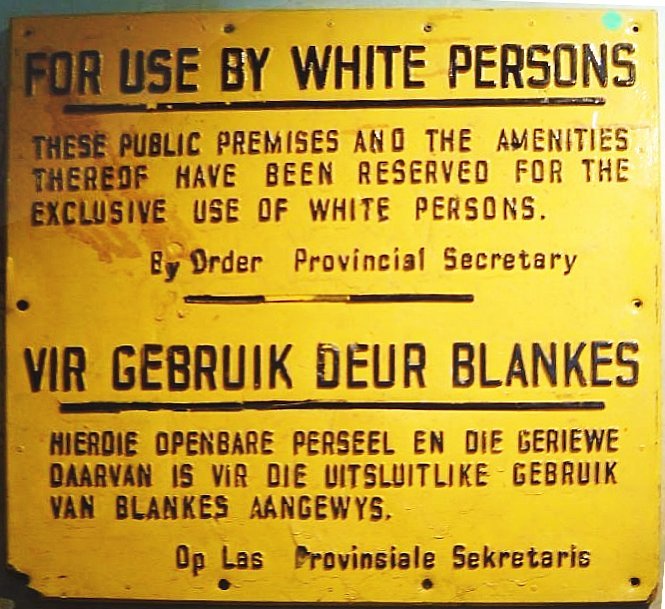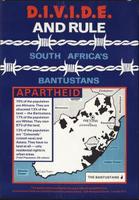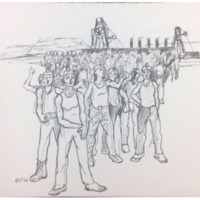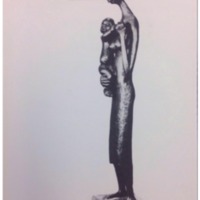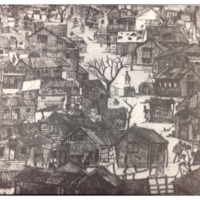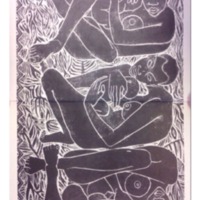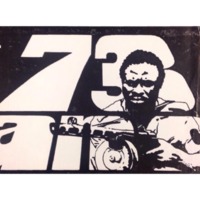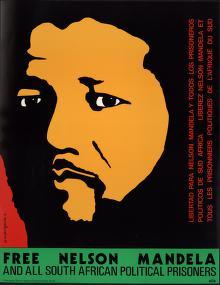Apartheid in South Africa
The student protest movement that demanded university divestment from South Africa centered on the issue of apartheid, a system of government-sanctioned racial segregation that resulted in vast disparities between white and black South Africans.
The all-white National Power ascended to power in 1948 under the campaign slogan of “apartheid,” emphasizing its desire to keep the races separated. By 1950, the South African government outlawed marriages between whites and non-whites. The government also created racial classifications of South Africans: White, Bantu (black Africans), Coloured (mixed race), and Asian (Indian and Pakistani). Legislation required non-whites to carry passbooks and permitted them to leave designated areas only with government permission, which greatly restricted their movement. Beginning in 1961, the government forcibly removed millions of black Africans from their lands and moved them to one of ten “Bantustans,” or Bantu homelands.
Non-white South Africans opposed apartheid in many ways, ranging from passive to militant tactics. Perhaps the most prominent of the groups that emerged to lead the fight against apartheid policies was the African National Congress (ANC). Formed by African political, religious, and social leadership to consolidate and represent the African voice in South Africa, the ANC responded vigorously to the imposition of the apartheid policies. Adopting the Programme of Action in 1949, and a leader during the Defiance Campaign of the 1950s, the ANC became increasingly radicalized as the regime rebuffed challenges to the apartheid system. By 1960, strikes, civil disobedience, boycotts, and other non-violent tactics were part of the ANC arsenal to fight apartheid, but as the decades wore on, frustration over the lack of progress forged more militant responses as well.
Postcards distributed by the ANC:
During one nonviolent protest at Sharpeville in 1960, the police fired at unarmed black Africans, killing at least 67 and injuring 180. The tragic outcome of this Sharpeville Massacre convinced many anti-apartheid leaders, especially in the African National Congress, that peaceful opposition would not succeed. In response, the South African government captured and tried most of the ANC leaders, including Nelson Mandela, the founder of the organization's military wing. Mandela would go on to be imprisoned for 27 years, from 1963 until 1990.
Sources for this page:
"Forward to Freedom: The History of the British Anti-Apartheid Movement, 1959-1994," <http://aamarchives.org>.
"Apartheid," <http://www.history.com/topics/apartheid>.
South African History Online, "Liberation Struggle in South Africa," <http://www.sahistory.org.za/article/apartheid-and-reactions-it>.
"A Brief History of the African National Congress," African National Congress, 2011, http://www.anc.org.za/show.php?id=206.

